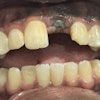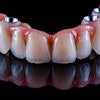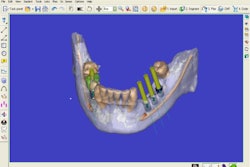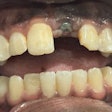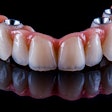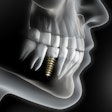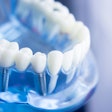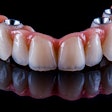According to the American Academy of Implant Dentistry (AAID), aging dental bridges are difficult to floss, often decay, and require replacement with longer bridges. The AAID recommends replacing them with permanent dental implants.
"Many of us have had the same bridges in our mouths for 20 years or more. They were put in at a time when bridgework was considered to be the norm for replacing missing or compromised teeth," said Olivia Palmer, D.M.D., of Charleston, SC, an associate fellow of AAID and diplomate of the American Board of Oral Implantology.
Palmer explained that bridges generally fail after five to 10 years because patients have trouble flossing them. "Because these bridges link missing tooth spaces to adjacent teeth, many patients find it very difficult to floss the bridge," she said. "Therefore, root surfaces below and around bridgework often decay, if not kept meticulously clean by flossing. It is impossible to repair this marginal decay, so the entire bridge must be replaced."
For most patients, implants are a better treatment alternative because they preserve the bone of the jaw, can be flossed easily, do not decay, and function just like natural teeth, she added. Today, highly precise computer-guided dental implant surgery has made the procedure faster, highly predicable, long-lasting, and 97% successful.
Palmer advises anyone with one or more missing teeth who might consider having a first bridge inserted or replacing an old one to weigh the benefits of implants before getting treatment.
